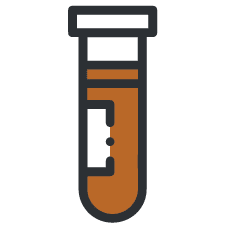Prescription stimulants like Ritalin, also known as methylphenidate, have become widely used medications for treating conditions such as attention deficit hyperactivity disorder (ADHD).
As effective as these central nervous system stimulants may be, their potential for misuse rises as ADHD diagnosis also increases significantly. According to a study, more than 16% of students in the US have taken methylphenidate recreationally.







